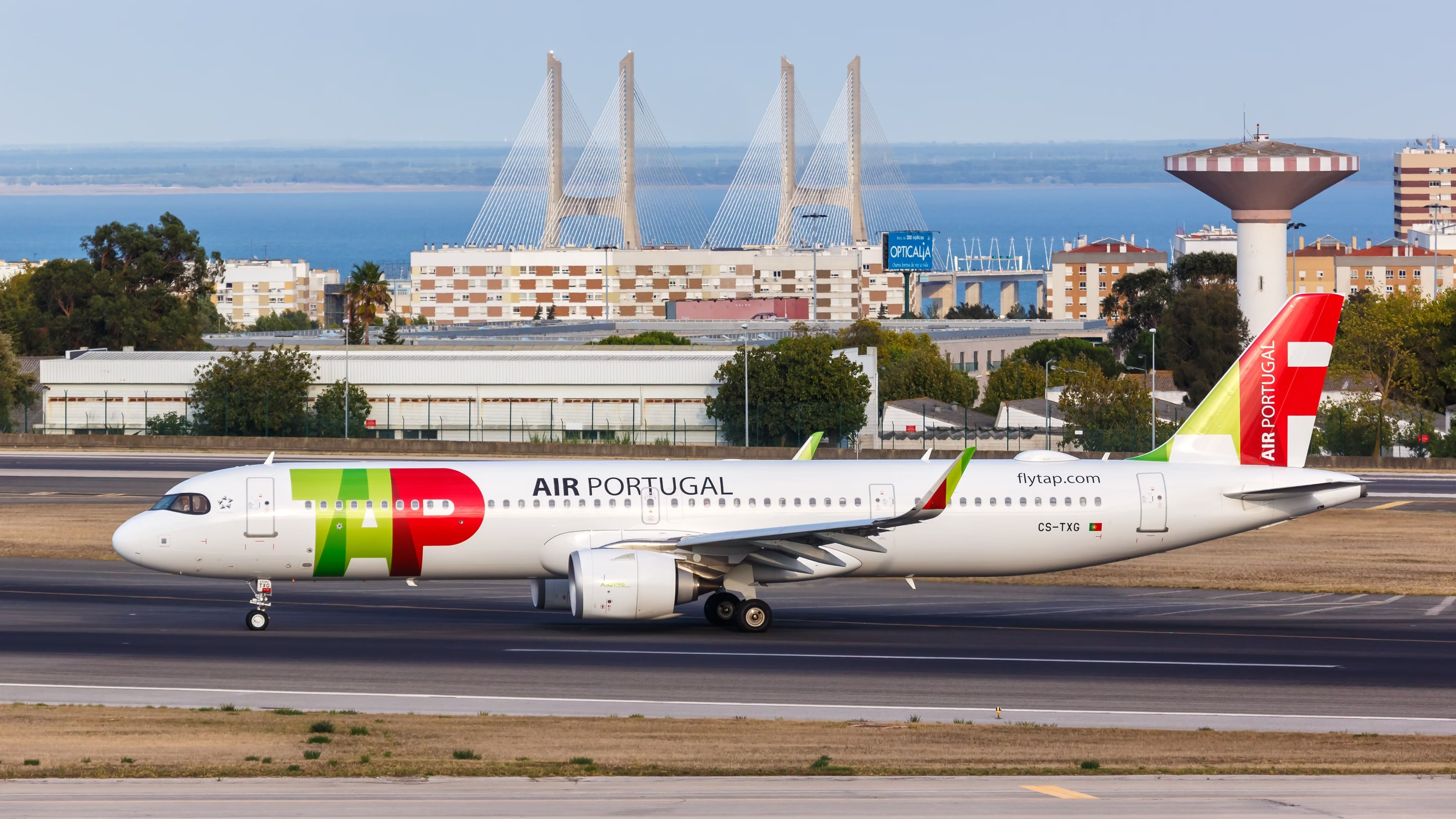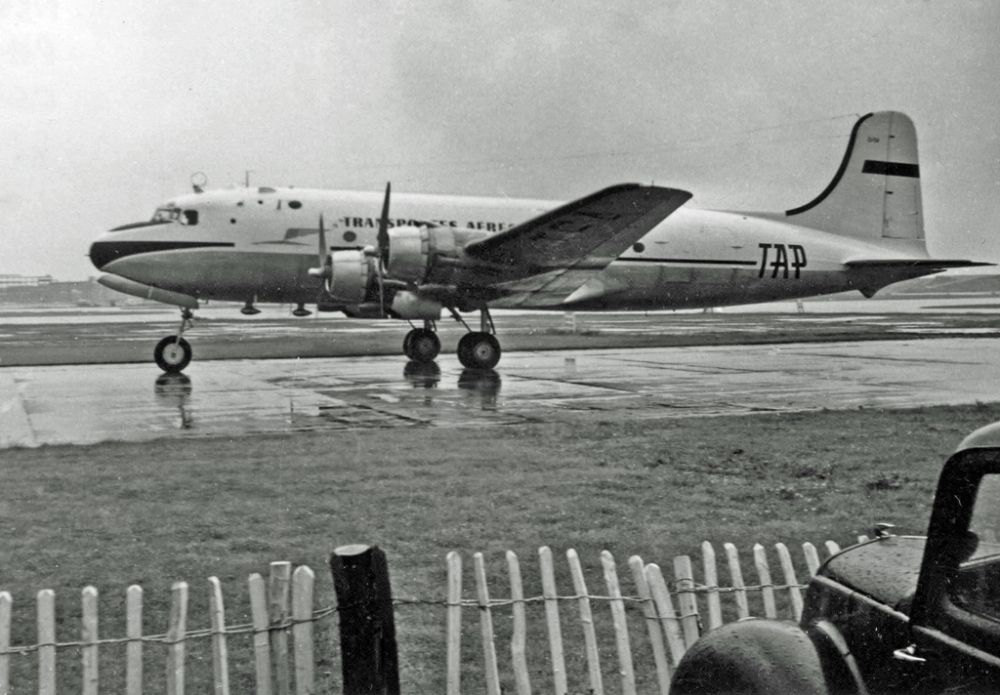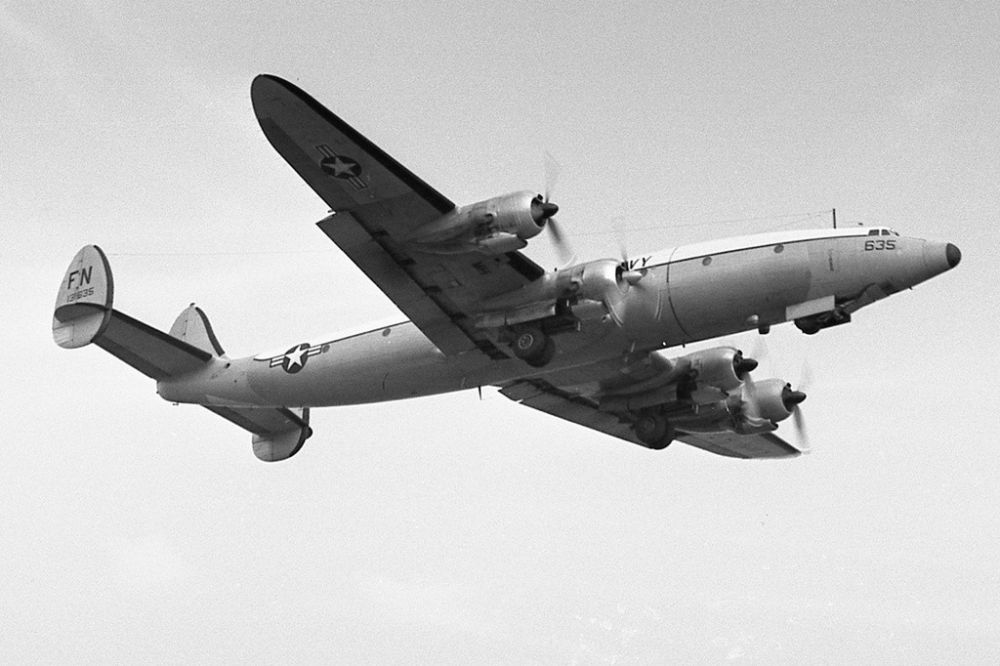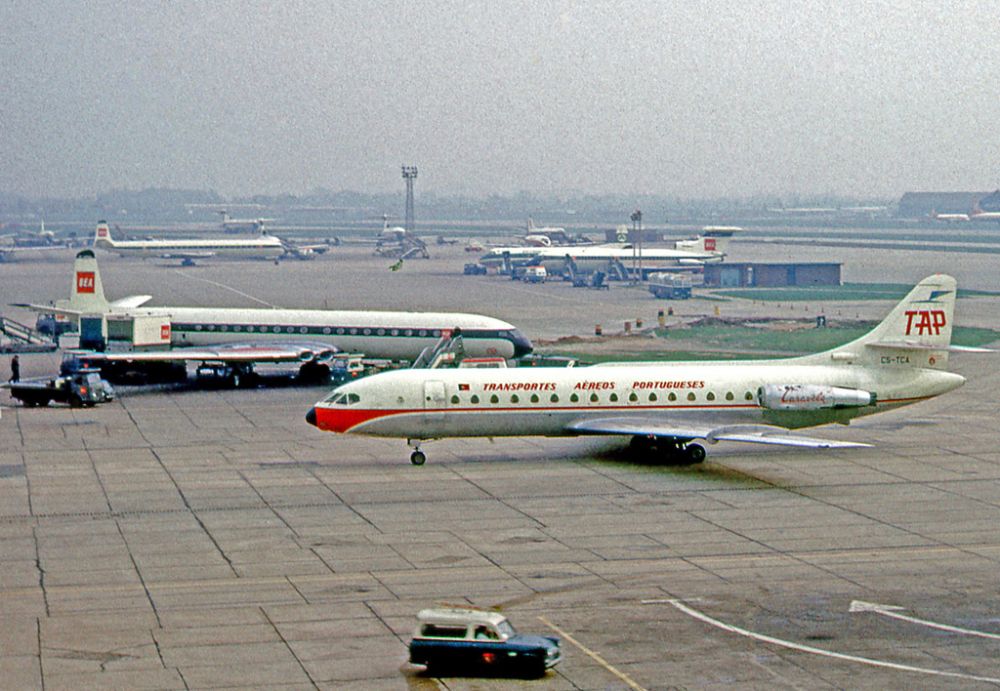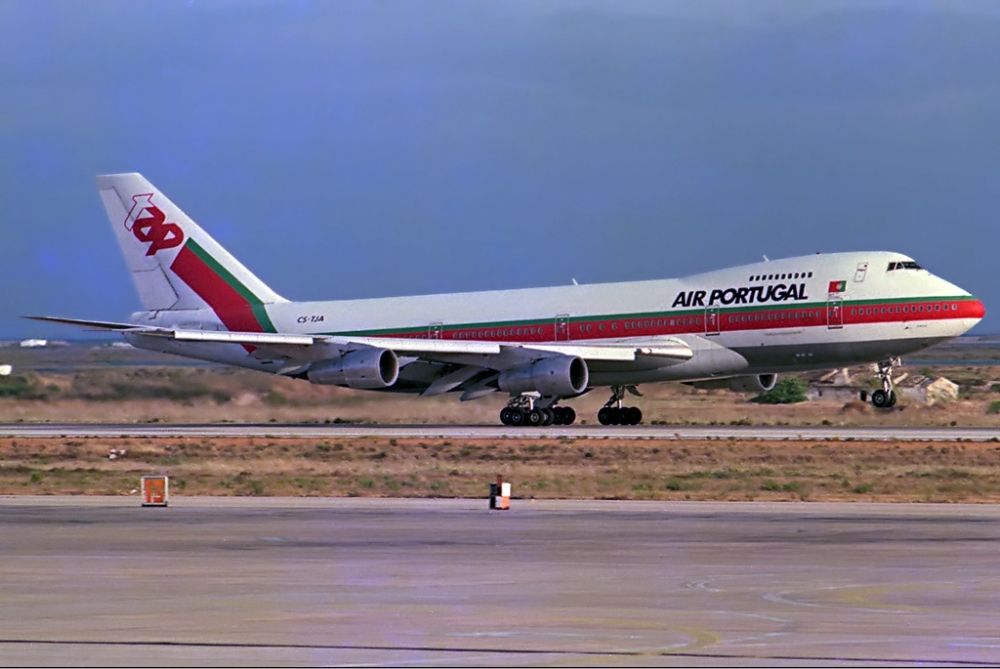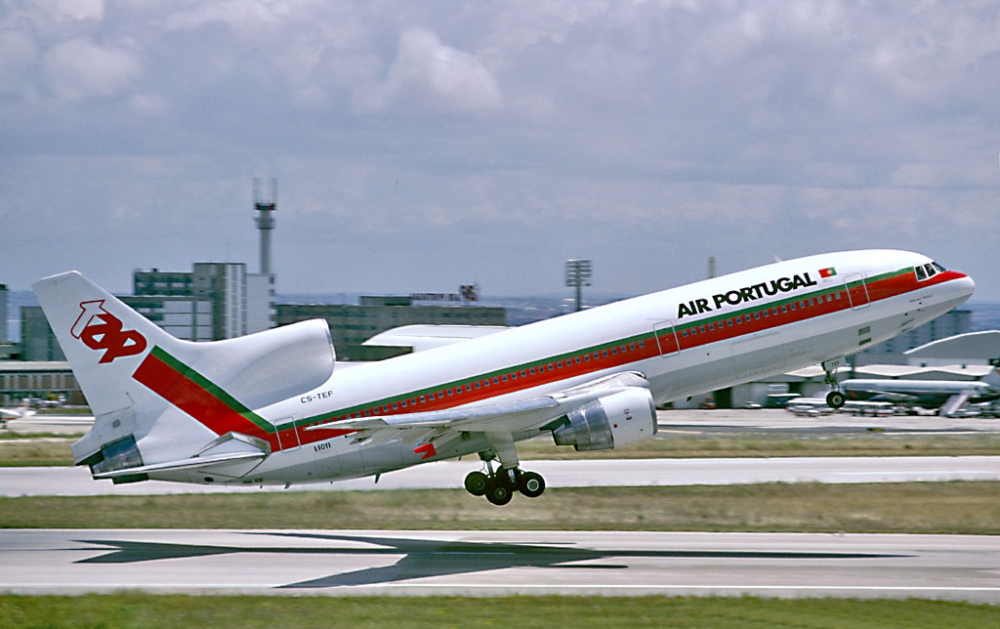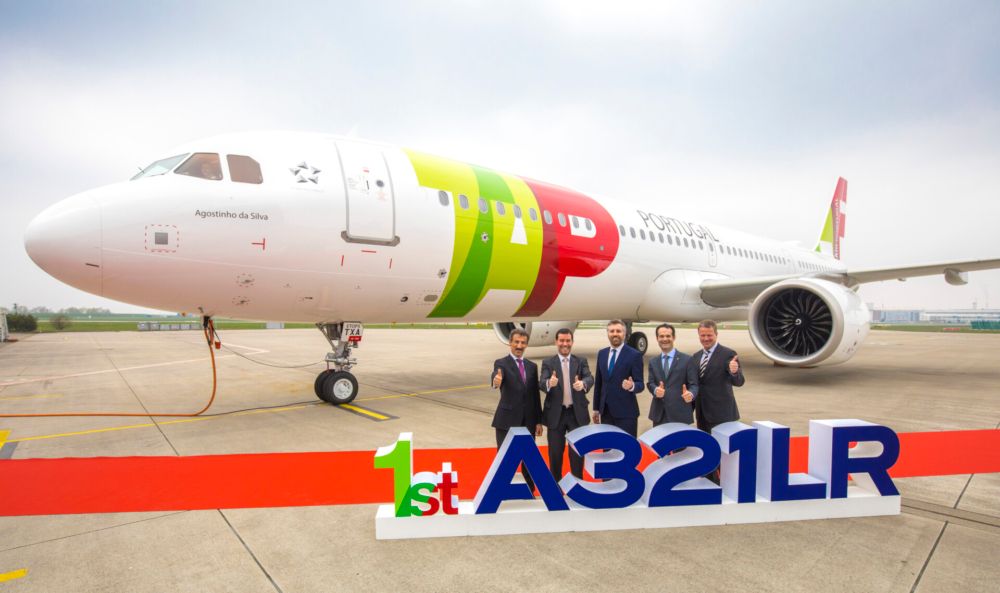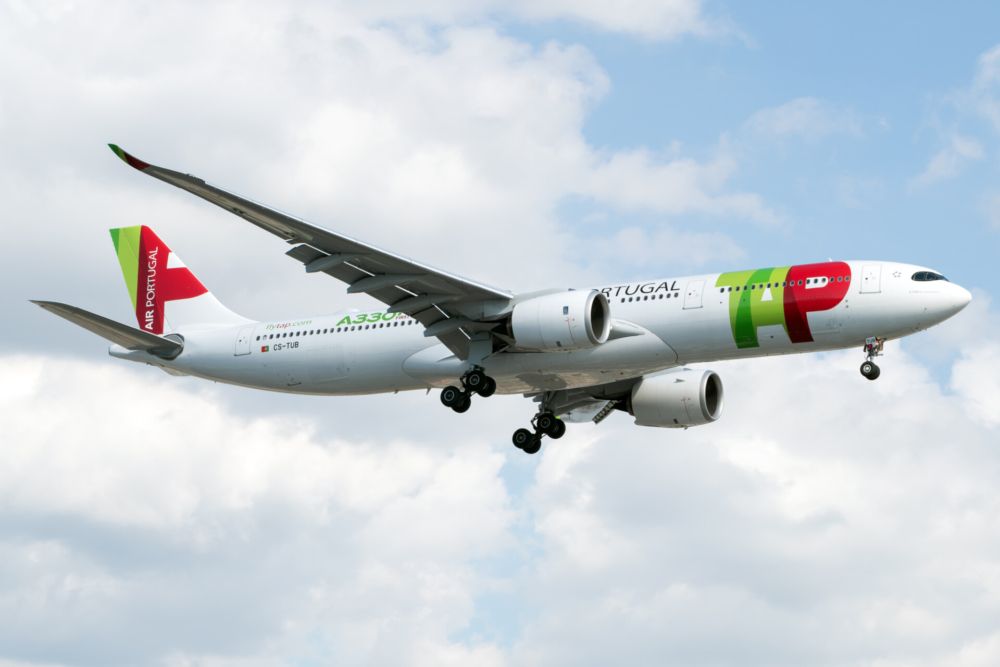Summary
- TAP Air Portugal, celebrating its 78th anniversary, operates over 2,500 weekly flights to almost 100 destinations in 34 countries worldwide.
- The airline has a history of alternating between public and private ownership since its establishment in 1945.
- TAP became Europe's first all-jet airline in the 1960s and has since added widebody aircraft to its fleet. It now operates an all-Airbus fleet and offers transatlantic services using the A321LR and A330neo aircraft.
In March, the Portuguese flag carrier, TAP Air Portugal, celebrated its 78th anniversary. The Star-Alliance member operates over 2,500 weekly flights to nearly 100 destinations in 34 countries worldwide. The airline exclusively operates an all-Airbus fleet, comprising narrowbody and widebody aircraft. The airline became the launch customer of the newest variant of the Airbus A330, the A330neo in 2018.
The airline has a history of alternating between public and private ownership since its inception in 1945. TAP Express, a wholly owned subsidiary of TAP Air Portugal, operates some domestic, European, and African destinations for the airline. This article explores the history of TAP Air Portugal and salient events that led to the success and consistency of airline operations.
An initial two-aircraft fleet
TAP's first flight took place on September 19th, 1946, when it took 11 passengers from Lisbon to Madrid. It did so on a Douglas DC-3, one of two examples in its initial fleet. Following their extensive use in the Second World War, there was a surplus of DC-3s in the postwar era. However, the type soon became outdated, and TAP moved onto the DC-4.
TAP purchased four examples of the DC-4 in 1947. By this time, it had already established its first intercontinental service. Known as the Imperial route, it served Portuguese colonies in Africa, including Luanda (Angola) and Maputo (Mozambique). 1947 also saw the launch of domestic services between Lisbon and Porto, which is a key route for TAP today.
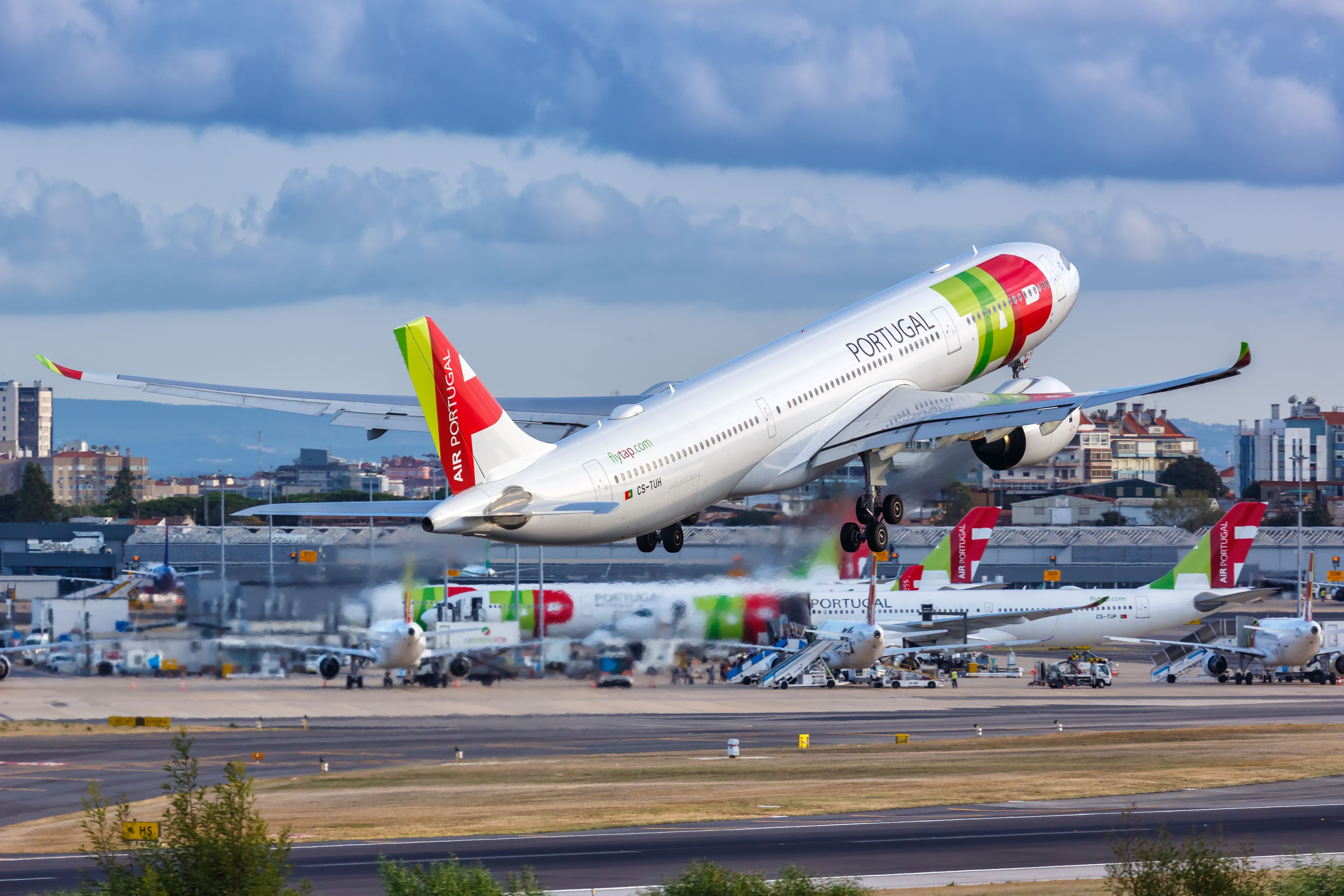
TAP Air Portugal Launches Black Friday Sale With €49 Flights
The Portuguese flag carrier is offering low-cost fares across its network on flights between November 16 and May 31.Growth and privatization in the 1950s
TAP began life as a state-owned company. However, having operated under the Portuguese Civil Aviation Office's jurisdiction for seven years, it underwent privatization as a limited company in 1953. This kickstarted a successful remainder of the decade for TAP. Indeed, that year also saw it introduce services on key North African routes to Casablanca and Tangier.
One of the stars of TAP's early fleet was the Lockheed L-1049 'Super Constellation.' This pressurized piston-engined airliner revolutionized the airline's early African routes, and was faster than earlier aircraft. It introduced the L-1049 in 1955, which was also the same year that it first flew to Rio de Janeiro. Rio became a regular destination in 1960.
Into the jet age
The 1960s heralded the advent of the jet age, a time that saw widespread technological and social change. TAP cashed in on this zeitgeist at the start of the decade, when it acquired three examples of the Sud Aviation SE 210 'Caravelle.' This rear-engined twinjet saw service on TAP's key European routes, and represented the shape of things to come.
The rest of this decade continued in celebratory fashion, with the airline carrying its millionth passenger in June 1964. A year later, TAP began diversifying its jet fleet with the introduction of US-built Boeing designs. The first of these was the four-engine 707, which came onboard in 1965. By 1967, it had also been joined by the short-haul 727 trijet.
By this time, TAP had become Europe's first all-jet airline. However, it also had reasons to celebrate in terms of its network. Using the aforementioned Boeing 707, it had inaugurated its first exclusive route to Rio de Janeiro in 1966. While it had begun serving the Brazilian city in 1960, it had previously been doing so in co-operation with Panair and Varig.
Moving into the 1970s, it didn't take long for TAP to begin adding widebody aircraft to its growing all-jet fleet. February 1972 marked the delivery of its first Boeing 747-200B, and TAP went on to operate four examples of the type. Their arrivals followed an expansion of TAP's US route portfolio, which included services to Boston and New York.
Nationalized once again
The mid-1970s represented a time of upheaval not just for TAP, but the Portuguese-speaking world as a whole. Several key Portuguese companies underwent nationalization processes following the Carnation Revolution in April 1974, with TAP being one of them. It officially became a state-owned enterprise once again in 1975.
It was also around this time that Angola and Mozambique gained independence from Portugal. This lessened the importance of the African market to TAP, which subsequently had to sell two of its four 747s due to the resultant drop in demand. By the end of the decade, it had adopted its current internationally recognizable TAP Air Portugal name.
New aircraft and destinations
Now operating as a state-owned company once again, TAP marked several key milestones in the 1980s. For example, 1981 saw the airline hire its first female pilot, as well as launching a magazine known as Atlantis. It opened a museum to celebrate its 40th anniversary in 1985, which was also the first year in which it carried more than two million passengers.
At this time, TAP also began renewing and modernizing its fleet. As seen above, it acquired Lockheed L-1011 'Tristars' and Airbus A310s to replace its Boeing 707s and 747s. In terms of narrowbodies, it introduced the Boeing 737 in 1983. Older examples of these, along with the 727, were replaced with Airbus A320 family jets by the end of the century.
`
Moving into the 1990s, TAP's route network saw several interesting developments. As well as flying to the likes of Boston (via the Azores) and Tel Aviv, TAP also targeted leisure destinations like Bangkok and Punta Cana. This decade also saw the airline form partnerships with Delta Air Lines and Swissair. But what is its current state of affairs?
TAP in the 21st century
During the 21st century, TAP has further established itself as a well-connected carrier with a strong intercontinental presence. A key factor in this development has been its Star Alliance membership. It joined the group in March 2005, on the 60th anniversary of its foundation, which resulted in the end of its aforementioned partnership with Delta Air Lines.
TAP presently flies an all-Airbus jet fleet consisting of 75 aircraft. Meanwhile, its regional brand, TAP Express, feeds into the main network, with White Airways and Portugália Airlines operating these flights on its behalf. Having been reprivatized and renationalized again since the start of the century, it now finds itself under state ownership once more.
TAP is becoming a popular choice on transatlantic services. Its use of the Airbus A321LR has allowed it to explore 'long thin' routes, while it has made use of the A330neo on new services to the likes of Cancun. Now also offering Portuguese stopovers as part of connecting long-haul itineraries, TAP will surely be a key transatlantic player for years to come.
Are you a fan of TAP? What are your best memories of flying with the Portuguese flag carrier? Let us know your thoughts and experiences in the comment section.

